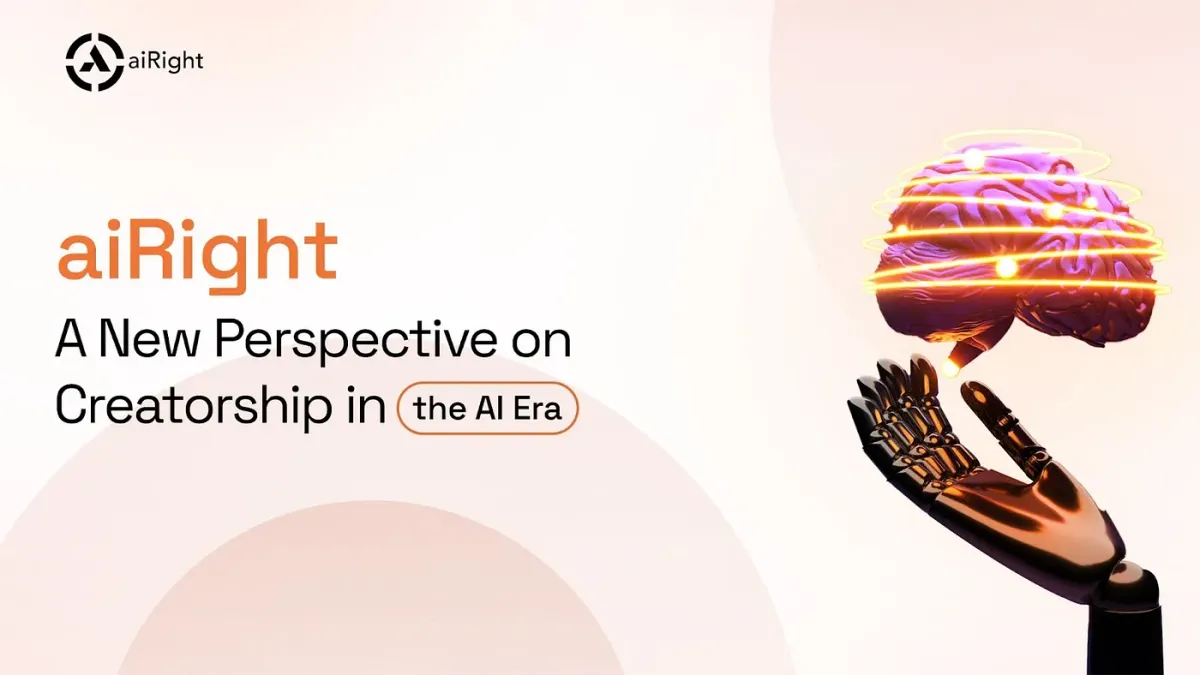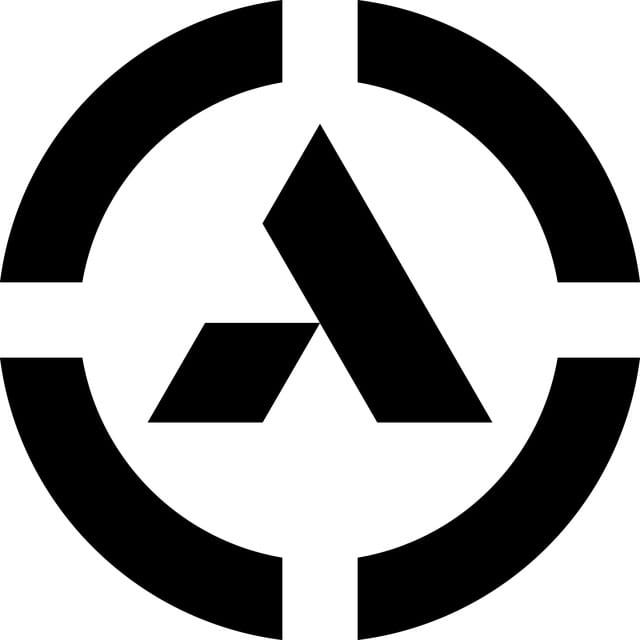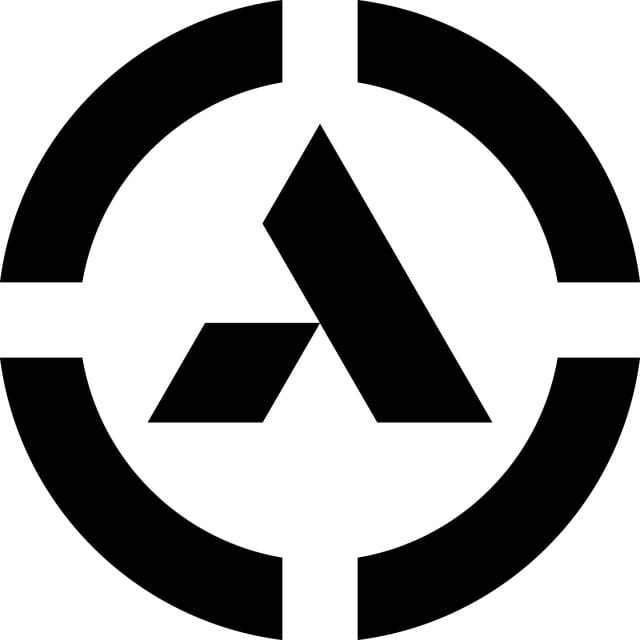aiRight: A New Perspective on Creatorship in the AI Era

The Problem
As AI technologies continue to advance, they bring forth benefits but also raise complex questions about copyright and ownership.
Challenges Unique to AI and Copyright
While the issue might seem straightforward for traditional forms of art, AI introduces new challenges: copyright is no longer just about the final product. Recently, we’ve seen authors and artists wrestling with tech giants in court over AI’s use of their works for training purposes. Take, for example, OpenAI, which is currently entangled in legal disputes https://www.thefashionlaw.com/openai-sheds-light-on-fair-use-in-bid-to-trim-copyright-lawsuits/ for using copyrighted materials to train its chatbot, ChatGPT. While the company argues that its use is “transformative” and thus falls under fair use, the complainants view it as a direct infringement on their intellectual property.
These challenges extend beyond training data to the AI-generated content itself. Who owns a piece of art or a paragraph of text produced by an AI model? Is it the programmer who designed the AI? The user who provided the prompt? Or does no one own it because it is machine-generated? This ambiguity hampers the full-scale adoption of AI in creative fields, and the current regulatory landscape is unprepared for this rapid advancement.
Global Inconsistencies in AI Copyright
The confusion surrounding AI copyright laws is not confined to a single country. It spans international borders. This complexity poses challenges in today’s world where content is readily shared globally.
- The United States: The US law centers on “human authorship” for copyright protection, which leaves AI-generated works in an ambiguous space.
- The European Union: Despite some similar directives, copyright governance is still under individual Member States’ purview.
- The United Kingdom: The UK has taken a progressive stance by allowing copyright for computer-generated works under specific conditions, making it one of the few that recognize AI’s contributions.
Overall, the fragmented global landscape presents challenges for stakeholders ranging from artists and legal scholars to technology firms, not only hindering consistent enforcement of copyrights but also creating obstacles for cross-border AI initiatives. As we move forward, there is a pressing need for a consistent and reliable system that different countries can all count on in order to govern copyright.
The Solution
aiRight can offer a solution to these problems. While we may not have the authority to change global regulations on AI copyright, our technology serves as a foundational layer — an immutable source of truth for AI-generated content that both regulators and creators can rely on.
Creatorship Redefined
Our solution is based on dividing ‘creatorship’ into two core parts: ‘authorship’ and ‘ownership’. This distinction recognizes and credits the collective contributions that go into the creation of each AI-generated work.
Authorship, as defined by aiRight, extends beyond traditional interpretations. It acknowledges not just human authors but also AI developers, the AI model itself, and the owners of the data used to train the model. By recognising all these elements under the umbrella of authorship, aiRight ensures that the foundational components of any generative work — data, algorithms, and code — are acknowledged and properly credited. This is an extension of traditional perspectives that often ignore or underestimate the significance of each component that contributes to the final output.
The other component of creatorship is Ownership. With aiRight, the owners are the individuals who actively engage with the AI model, providing inputs, instructions, and prompts that guide its operations. These owners have the final say in how, when, and what kind of output the AI generates. Therefore, they hold ownership rights over the creative work that results from this interaction. In this way, aiRight elevates the role of the user from a mere operator to a creative collaborator with the AI.
By clearly distinguishing between authorship and ownership, aiRight resolves much of the confusion that surrounds AI-generated works. This separation allows for more granular control and recognition of intellectual property rights, fostering a more equitable distribution of credits and benefits.
Blockchain as the Backbone
Immutability
To support these definitions with practical utility, aiRight employs blockchain technology to create a permanent record for each piece of AI-generated multimedia content. This blockchain record automatically assigns copyright that recognizes both the original authors and owners, creating a traceable lineage of creative contributions.
AI Similarity Scanning
Furthermore, aiRight’s innovative AI Similarity Scanning feature allows for on-chain detection of copyright infringements at various levels, such as exact duplicates, near-exact duplicates, edited copies, and even semantic closeness. This not only protects the rights of authors and owners but also provides a robust framework for legal challenges and resolutions.
Addressing Generative AI’s Dynamics
Last but not least, blockchain also addresses the complexity arising from the inherently dynamic nature of generative AI: the same prompt applied to the same AI model at different times can yield dramatically different content. In a platform where randomness and luck can play a role in the creative output, the immutable nature of blockchain technology becomes especially crucial. It serves as a reliable archive, documenting each unique creation that emerges from the interaction with the AI, thereby preserving the potential masterpieces that could otherwise be lost to the vagaries of generative algorithms.
Conclusion
To sum up, aiRight provides an essential architecture for addressing the complex questions surrounding AI and intellectual property. Although beyond the scope of our platform to amend global copyright laws, we offer a foundational layer that serves as an immutable reference point for both regulators and creators. By offering a robust, transparent, and traceable mechanism for defining and protecting authorship and ownership in AI-generated works, aiRight aims to establish a reliable standard upon which future legislative and judicial decisions can be based.
About Oraichain
Oraichain provides multidimensional trustworthy proofs of AI and enables secure integration with Web3. With AI as the cornerstone, Oraichain has developed many essential and innovative products and services including AI Oracle, DINO Hub with DINO Center, AI Marketplace & Data Marketplace, fully on-chain VRF, AI-based NFT generation & copyright protection, Royalty Protocol, AI-powered Yield Aggregator Platform, Cosmwasm IDE, and many more. Oraichain is the world’s first Layer 1 of AI oracle and Trustworthy Proofs™️.
Oraichain | Telegram | Twitter | YouTube | Discord | GitHub | Medium | Commonwealth


Comments ()